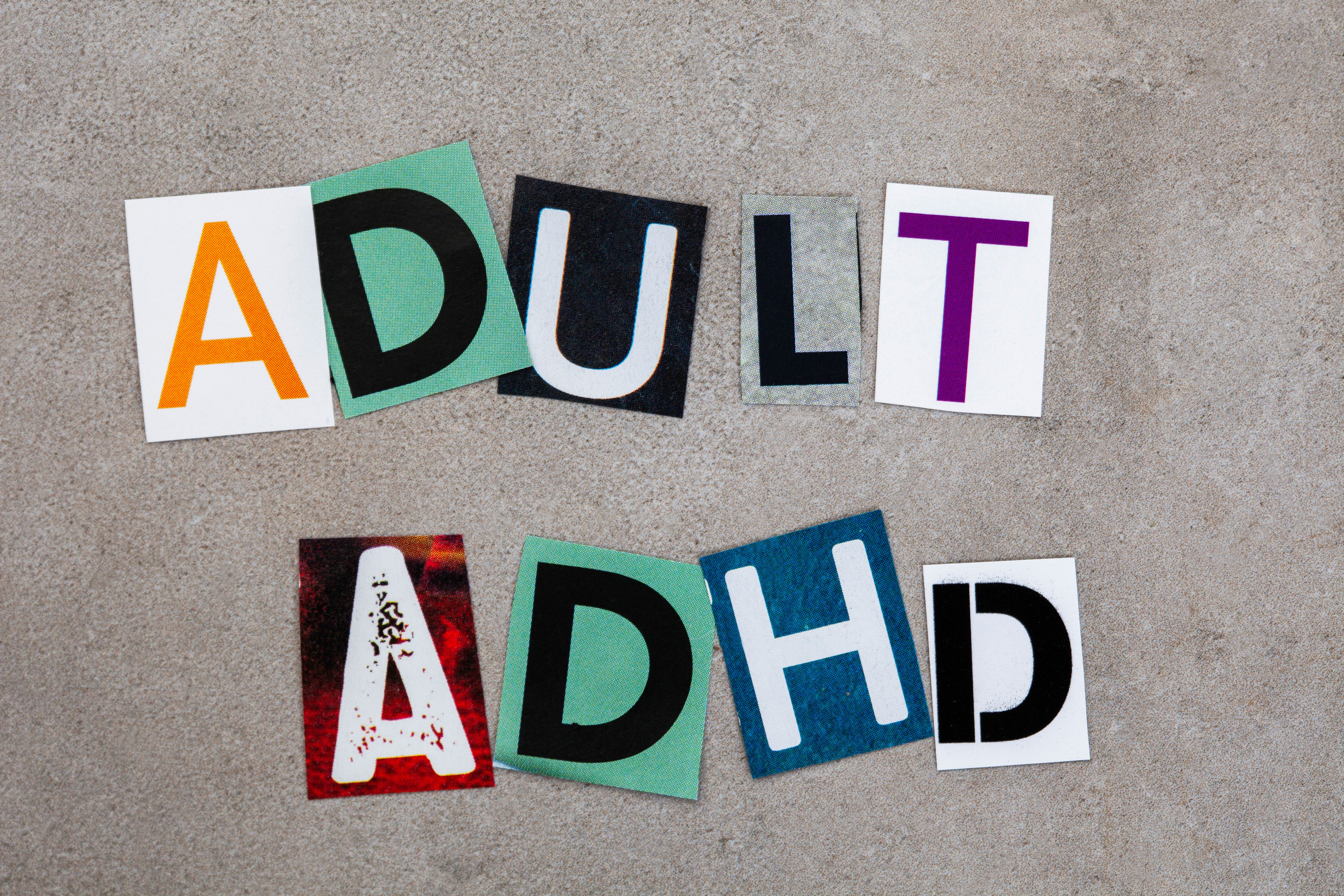Article
Managing Insomnia: A Cautionary Tale
Author(s):
In this video, Dr Karl Doghramji, describes the various agents available for managing sleep disorders and discusses the adverse effects associated with over-the-counter, nutraceutical, and prescription sleep aids.
In this video, Dr Karl Doghramji describes the various agents available for managing insomnia and discusses the adverse effects associated with over-the-counter, nutraceutical, and prescription sleep aids. Insomnia is a frequently encountered problem that at any given time affects up to 20% of the general population. In persons with mental health problems, prevalence is even higher with more frequent recurrence, especially in patients with depression.
There is significant use of nutraceuticals, such as valerian, cava cave, and melatonin, in patients with insomnia, perhaps due to the allure of being “natural.” However, there is very little, if any, evidence of their effectiveness and safety; there have been reports of hepatic injury and even death with these agents, although there is no proof that the agents were causative.
Melatonin has been used extensively by persons with sleep problems. There are melatonin receptors throughout the body, which are involved in the production of various immune-related factors and spermatogenesis as well as a host of other important functions. And, the long-term effects are of melatonin use on patients who have disorders such as vasculopathy or heart disease is not known.
Some over-the-counter agents that contain sedating antihistamines may also be effective in alleviating sleep problems. The most common of these agents is d iphenhydramine. It antagonizes the histaminic receptor making it somewhat sedating and seemingly effective for some insomniacs. However, the long half-life of these agents may produce daytime sedation, motoring coordination problems, and memory difficulties.
Although not specifically indicated for insomnia problems, some prescribed agents may have a sedating effect. These include antidepressants, antipsychotics, and some anti-epilepsy compounds. The most commonly used antidepressant is trazodone. Studies have shown that in the short run, trazodone may have positive effects for insomnia. However, it is associated with rapid development of tolerance and because of its long half-life, it is associated with daytime sedation, and in rare cases, risk of priapism and drug-drug interactions that can result in serotonin syndrome.
Low-dose antipsychotics have also been used. Quetiapine is favored because of it rapid action and shorter duration. Systematic data are scarce, so the question of whether antipsychotics are truly effective for insomnia remains. Because of their potential for metabolic abnormalities, drug-drug interactions, and in rare cases, extrapyramidal effects, they are recommended for use only in patients who have a psychotic disorder .
Compounds that are FDA indicated for insomnia include some older benzodiazepines such as temazepam and triazolam, as well as the newer benzodiazepine receptor agonists that are more selective in nature such as eszopiclone and zolpidem and its reformulations (eg, zolpidem ER). These agents have a higher index of safety but can also be associated with daytime problems such as driving impairment and memory difficulties, especially in women, possibly because of slower metabolism. Lower doses are recommended for women-5-mg zolpidem and 6.25-mg zolpidem ER. Possible driving impairment is also seen with eszopiclone and the recommendation is to start with 1 mg and to titrate slowly to 2 to 3 mg, if necessary, in the absence of side effects.
A more recent agent, ramelteon is a melatonin receptor agonist. It is short acting and indicated for sleep initiation difficulties. It is not a scheduled drug so it may be useful for patients with a history of substance abuse. Low-dose doxepin (3 to 6 mg) is a selective agent at the histaminic receptor site; it is indicated for sleep maintenance problems. The most recently introduced agent is suvorexant, an orexin receptor antagonist. Orexin receptors are important in the orderly transition between wakefulness and sleep and vice versa. Its main potential adverse effect is daytime sedation.
The bottom line is that all agents have potential for daytime sedation as well as other adverse effects (eg, memory detriment, driving impairment). If mixed with other agents, benzodiazepine receptor agonists may result in parasomnia behavior. It is thus recommended that alcohol and other sedating agents not be taken concomitantly with these agents.
Patients with sleep problems should have a comprehensive medical evaluation to determine if they have a comorbid disorder that should be treated primarily. Disorders that can produce sedation and respiratory suppression (eg, COPD, sleep apnea) should also be treated first before starting a patient on sleep medications. In addition, to avoid exacerbating problems of abuse, caution is needed in the case of scheduled medications, especially for patients with a history of substance abuse. Extra caution should be used with women who seem to metabolize some the agents, especially the zolpidem-type drugs, more slowly; lower dosages are indicated. Finally, watch patients carefully and see them frequently to monitor for emergence of any adverse effects.






